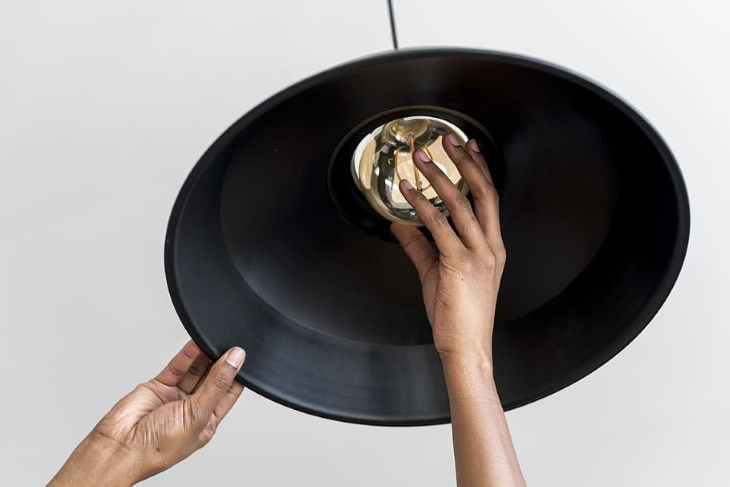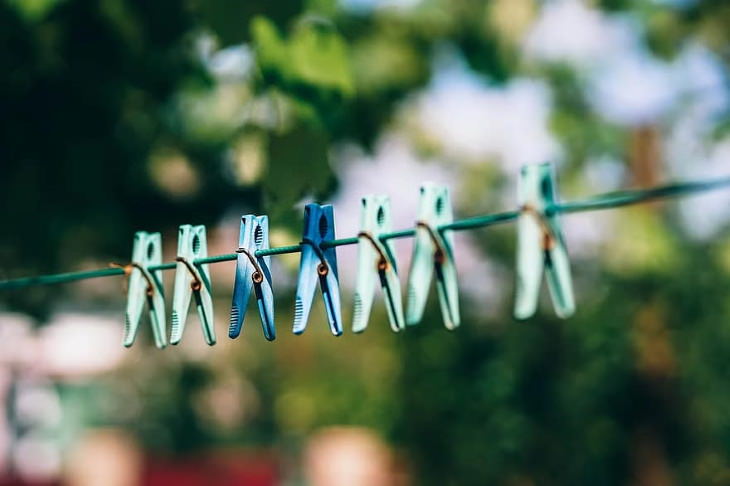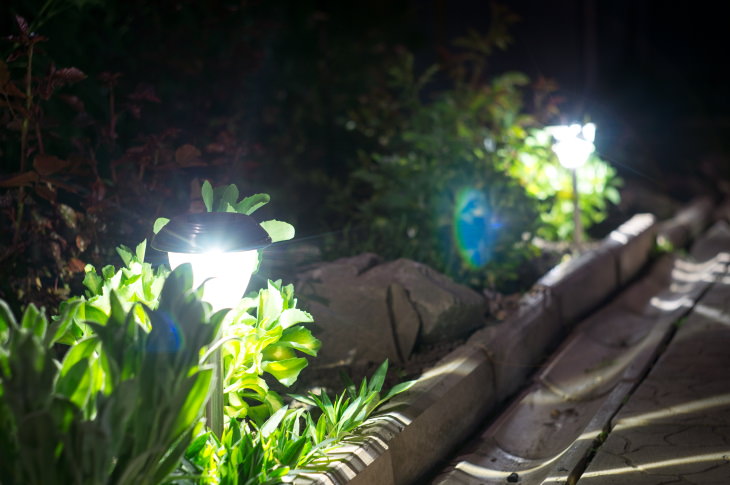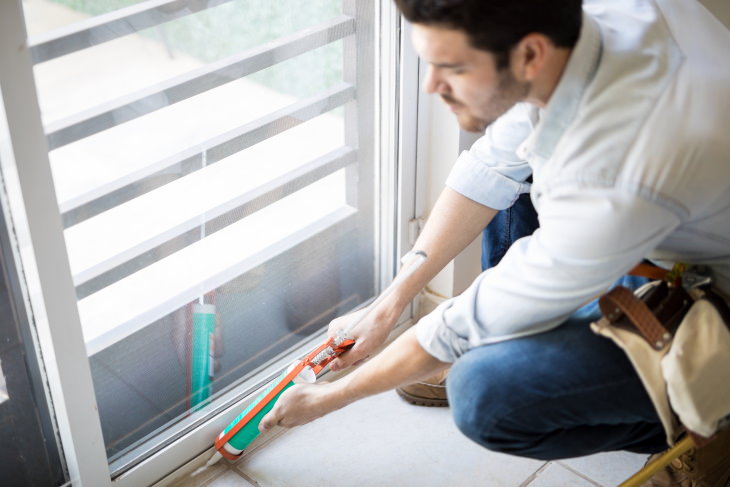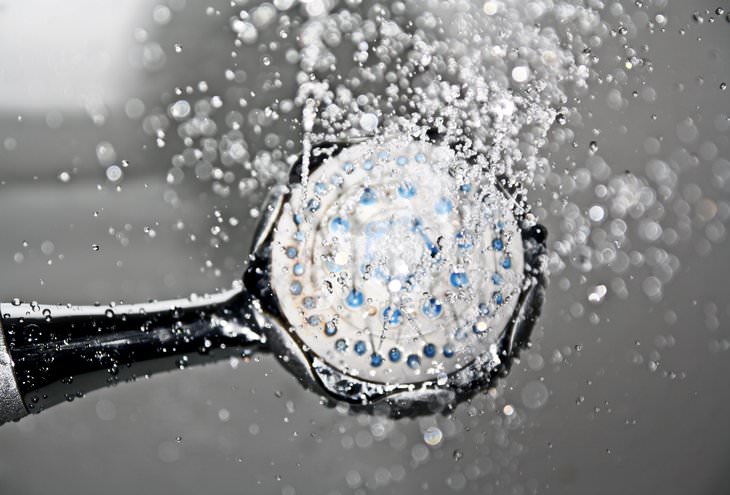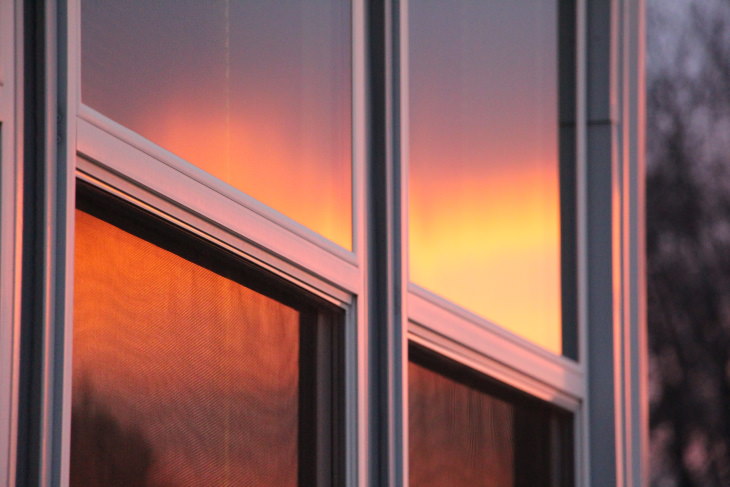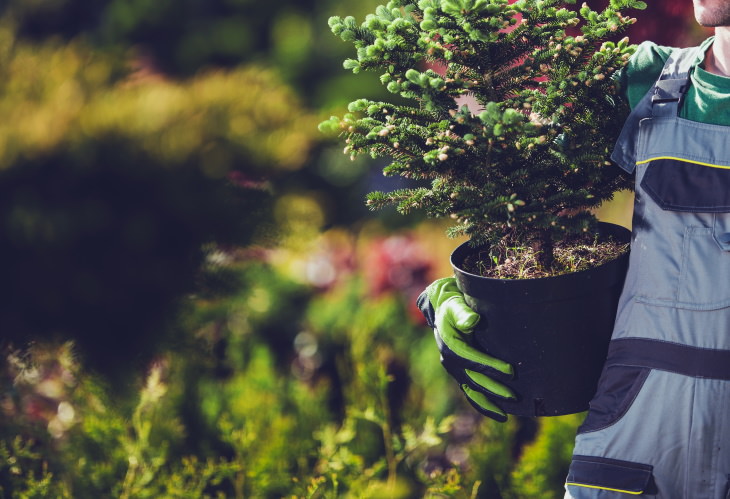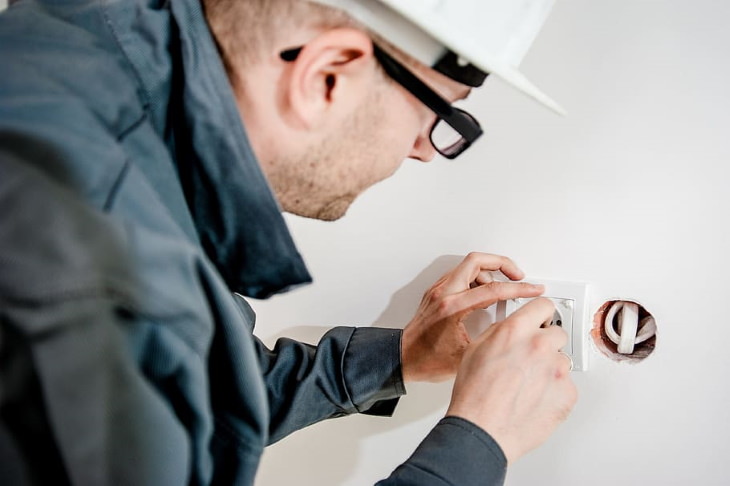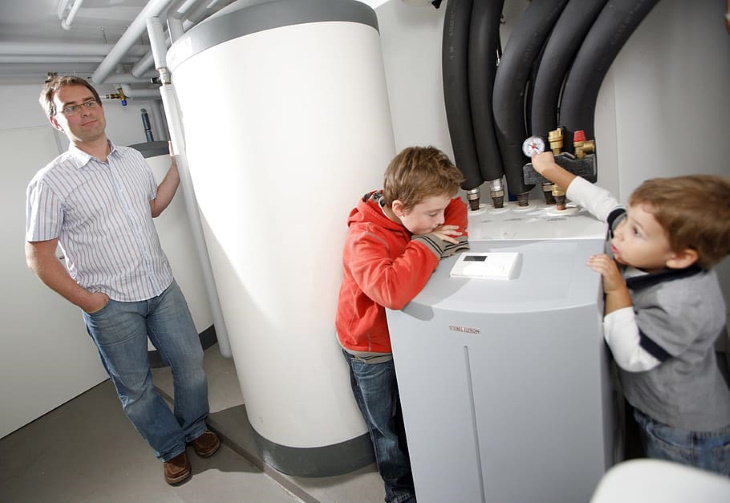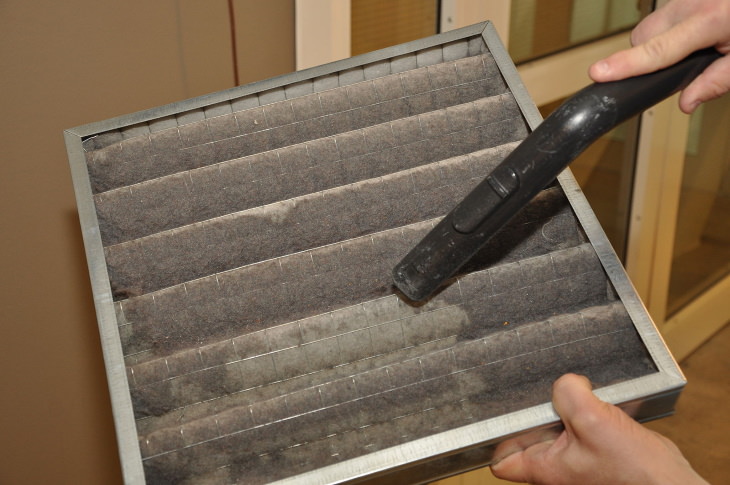1. Replace regular light bulbs with LEDs
Still using old-fashioned incandescent lightbulbs in your home? Then it's definitely time to upgrade your lightbulbs to LEDs, which will surely save you up to 80% more energy. LEDs also last 50 times longer than a typical incandescent lightbulb. Apart from that, LED lightbulbs will also provide more light in your home, too, and these days, they come in both warm yellow light and cooler white light versions.
2. Run a clothesline
It doesn't get simpler than this, but stringing a clothesline can really reduce your fuel consumption, which is beneficial for both your budget and the environment. The best place to hang a clothesline is, of course, outdoors, preferably under a roof. If you can't hang a clothesline out in the open, doing so on your balcony or even in your basement will also work. Lastly, you can also purchase a portable collapsible clothing rack and use it as needed.
3. Install solar lights in the garden
Tired of cords spread throughout the garden and the high electricity bill that comes with them? Then we recommend switching to solar lights that are both cordless, cute, and energy-saving. Apart from giving your garden with a beautiful ambiance and being fueled completely by the sun, these lights are also super easy to install - simply push the foundation stakes for the lights into the ground, attach the light posts, position the solar panels on the lights, and you're done.
4. Seal windows and doors
The majority of your energy bills come from heating and air conditioning, and if you have leaky windows or doors, the precious heat or cool air can escape through the cracks, ultimately costing you a pretty penny. Thus, it's worth double-checking if you have any small cracks on windows, doors, vents, and ducts with a thermometer, and marking any places that do tend to leak with a pencil. Lastly, simply use a tube of caulk to fill in the cracks you've detected and enjoy.
5. Install a low-flow showerhead
While most showerheads let through 3-5 gallons of water per minute, new low-flow showerheads use no more than 1.5-2.5 gallons of water per minute. And though a low-flow showerhead maybe doesn't sound like a particularly satisfying shower experience to you at first glance, it needs pointing out that many modern low-flow showerheads will not feel any different than regular ones, but will let you save $100 or more on water bills annually. Best of all, installing one takes just a few minutes.
6. Apply reflective window film
The US Department of Energy estimated that one household could save as much as $300 annually if they switch to low emissivity windows, which are windows that don't let through all the light despite being seemingly transparent. While these windows may be expensive, a good alternative is a reflective window film, which is available in most hardware stores and online and is super easy to install on your own.
The nearly transparent film acts as a filter that will let in only 47% of the sun's rays through, which means you'll have to spend less on air conditioning in the summer, and they will let less heat out in the winter, too.
7. Seal bathroom tiles
Old bathroom tiles can reveal the age of the bathroom even if kept in pristine condition, but there is a quick trick that can help you refresh the appearance of bathroom tile without actually having to replace them. To do so, simply clean the tiles thoroughly, let dry, and apply liquid car wax in an even layer onto the tiles. This trick will revive even the shabbiest and oldest tile, so try it to give them a newly glossy and gleaming appearance.
8. Plant trees in the garden
Planting trees around your house isn't just a great way to make your garden look more appealing and let you enjoy the cool breezy shade outdoors in the midst of summer heat, they will also cut your air conditioning costs from 15-50% and will act as a windbreaker in the colder months. Needless to say, planting trees will also benefits the environment and makes the air around your home extra fresh.
9. Get a smart power switch
Are you one of those people who often forget to switch off appliances, lights, or the AC when you leave the home? If so, investing in a few smart power switches may be a great idea for you. The best thing about these switches, apart from their wide availability and affordability, is that they allow you to switch off appliances and electronic devices plugged into them from afar by simply using your smartphone. Thus, a switch like this will let you save energy and eliminate any potential fire hazards as well.
10. Wrap up the water heater in a sleeve
Is your water heater on the older side and you feel that it's losing effectiveness, or you can literally feel that it's warm to the touch (which means it's losing heat)? If so, a little insulation will go a long way in making sure you stop losing all that warm water. If you have a newer tank, it may have arrived pre-insulated, so all you'll need is seal any possible leaks with the use of tape. But if your water heater isn't insulated, you can purchase an inexpensive water heater jacket that will save you 7%-16% in water heating costs. These blankets come in many sizes and they're quite easy to install on your own.
11. Replace the air filters in your home
As a general rule, a family with pets will need to replace pleated air filters and furnace filters every 90 days, whereas single-resident homes without pets will only need to do so every 6-12 months. Replacing filters regularly is extremely important for your health, as the filters tend to become worse at trapping allergens, dust particles, and germs with time. In addition, clogged up old filters will also require more energy for adequate temperature control, so make sure you replace them as needed to save money in the long run.
Share these useful tips with people you know

